Home>Articles>Simple Ways To Improve The Indoor Air Quality Of Your Home


Articles
Simple Ways To Improve The Indoor Air Quality Of Your Home
Modified: February 24, 2024
Discover easy and effective articles on improving indoor air quality. Get tips and advice to create a healthier living space for you and your family.
(Many of the links in this article redirect to a specific reviewed product. Your purchase of these products through affiliate links helps to generate commission for Storables.com, at no extra cost. Learn more)
Introduction
Indoor air quality is a crucial aspect of our overall health and well-being. The air we breathe in our homes can contain a wide range of pollutants, such as dust, allergens, chemicals, and even mold spores. Poor indoor air quality can lead to respiratory issues, allergies, and other health problems. Therefore, it is important to take proactive measures to improve the air quality in our homes.
In this article, we will explore some simple and effective ways to enhance the indoor air quality of your home. By implementing these strategies, you can create a healthier and more comfortable living environment for you and your family.
Key Takeaways:
- Identify and eliminate sources of indoor air pollution, such as cigarette smoke, mold, and pet dander, to significantly improve the air quality in your home. Regular grooming, proper ventilation, and natural air purifiers can create a healthier living environment.
- Increase ventilation, keep your home clean and dust-free, and be mindful of household chemicals to create a healthier and more enjoyable living space for you and your loved ones. Prioritizing indoor air quality is an investment in your overall well-being.
Identify and Remove Sources of Indoor Air Pollution
The first step in improving indoor air quality is to identify and eliminate or reduce the sources of air pollution in your home. Common sources include cigarette smoke, volatile organic compounds (VOCs) from household cleaning products, paint, and furniture, as well as mold and pet dander.
To tackle cigarette smoke, it is essential to maintain a strict no-smoking policy indoors. Designated outdoor smoking areas can help prevent the smoke from infiltrating your home and affecting the air quality.
Reducing VOCs is important as well. Opt for environmentally friendly cleaning products labeled as “low VOC” or “vOC-free”. Similarly, when painting or buying new furniture, choose products that are low in VOCs.
Mold can be a hidden source of air pollution. Keep an eye out for areas with excess moisture, such as bathrooms and basements. Address any water leaks promptly and utilize dehumidifiers or ventilation to prevent mold growth.
Additionally, pet dander and allergens can contribute to poor air quality. Regularly groom your pets to reduce the amount of dander and vacuum upholstered furniture and carpets to eliminate trapped allergens.
By identifying and addressing these sources of indoor air pollution, you can significantly improve the air quality in your home.
Increase Ventilation
Proper ventilation is crucial for maintaining good indoor air quality. Adequate ventilation helps to remove stale air, pollutants, and moisture from your home, replacing them with fresh outdoor air. Here are some simple ways to increase ventilation:
- Open windows and doors: When weather permits, open windows and doors to allow fresh air to circulate throughout your home. This is especially important when engaging in activities that generate pollutants, such as cooking or painting.
- Use exhaust fans: Install exhaust fans in your kitchen and bathroom to remove the steam, cooking odors, and excess moisture that can contribute to mold growth and poor air quality.
- Invest in an air purifier: Consider using an air purifier with a HEPA (High-Efficiency Particulate Air) filter. These filters can effectively remove small particles, such as dust, pollen, and pet dander, from the air, improving indoor air quality.
- Upgrade your HVAC system: If your home has a central heating, ventilation, and air conditioning (HVAC) system, ensure that it is properly maintained and regularly serviced. This will help to ensure optimal airflow and filtration.
Increasing ventilation in your home can have a significant impact on the overall air quality. By introducing fresh air and removing pollutants, you can create a healthier and more comfortable living environment for you and your family.
Keep Your Home Clean and Dust-Free
Maintaining a clean and dust-free home is essential for improving indoor air quality. Dust and other contaminants can accumulate over time, contributing to poor air quality and triggering allergies and respiratory issues. Here are some tips to keep your home clean and dust-free:
- Vacuum regularly: Use a vacuum cleaner with a HEPA filter to effectively remove dust, pet dander, and other allergens from carpets, rugs, and upholstery. Pay special attention to high-traffic areas and areas where pets spend time.
- Dust surfaces frequently: Dust surfaces such as furniture, shelves, and electronics with microfiber cloths or electrostatic dusters. This will help to prevent the buildup of dust and allergens.
- Wash bedding regularly: Bedding, including sheets, pillowcases, and blankets, can harbor allergens and dust mites. Wash them regularly in hot water to kill dust mites and remove allergens.
- Keep floors clean: Mop hard floors regularly using a damp mop to capture dust rather than spreading it around. Avoid using dry sweeping methods, as they tend to stir up dust.
- Declutter your home: Minimize the number of items in your home that collect dust, such as knick-knacks, excessive decor, and unused items. Keeping surfaces clear will make cleaning and dusting more effective.
By keeping your home clean and dust-free, you can significantly reduce the amount of airborne particles and allergens, resulting in improved indoor air quality. Regular cleaning routines will help create a healthier living environment for you and your family.
Monitor Humidity Levels
Monitoring and controlling humidity levels in your home is crucial for maintaining good indoor air quality. Excess humidity can contribute to the growth of mold, mildew, and dust mites, while low humidity can lead to dryness and discomfort. Here are some tips to monitor and maintain optimal humidity levels:
- Use a hygrometer: A hygrometer is a device that measures humidity levels in your home. Place it in common areas to monitor the humidity and ensure it stays within the recommended range of 30-50%.
- Invest in a dehumidifier: If you live in a humid climate or notice excess moisture in your home, consider using a dehumidifier. It will help to reduce the humidity level and prevent mold and mildew growth.
- Utilize ventilation: Proper ventilation is essential for controlling humidity. Ensure that your bathroom and kitchen exhaust fans are working well, and use them when cooking or taking a shower to remove excess moisture.
- Fix leaks promptly: Water leaks can contribute to excess moisture, leading to higher humidity levels and potential mold growth. Repair any leaks in pipes, faucets, or roofs as soon as they are detected.
By monitoring and managing humidity levels in your home, you can prevent mold growth and create a more comfortable living environment. Maintaining optimal humidity levels will contribute to better indoor air quality and support overall health and well-being.
Use Natural Air Purifiers
Natural air purifiers are a great way to improve indoor air quality without the use of harsh chemicals or expensive equipment. These natural methods can help remove airborne pollutants and freshen the air in your home. Here are a few natural air purifiers you can consider:
- Plants: Indoor plants not only add beauty to your space but also act as natural air purifiers. Plants like peace lilies, spider plants, and snake plants help absorb pollutants, such as formaldehyde and benzene, and release oxygen into the air.
- Essential oils: Certain essential oils have antibacterial and antifungal properties that can help purify the air. Diffusing oils like tea tree, eucalyptus, or lavender can enhance the air quality in your home while also providing a pleasant aroma.
- Activated charcoal: Activated charcoal is known for its ability to absorb odors and pollutants. Placing bowls of activated charcoal around your home can help eliminate unpleasant smells and improve the overall air quality.
- Baking soda: Baking soda is a natural deodorizer that can help eliminate odors. Sprinkling it on carpets, rugs, and upholstery before vacuuming can help freshen the air and reduce the presence of airborne particles.
Using natural air purifiers is an effective and eco-friendly way to enhance indoor air quality. Incorporate these methods into your home to create a cleaner and fresher living environment for you and your loved ones.
Open windows regularly to let in fresh air and reduce indoor air pollutants. This simple step can greatly improve the air quality in your home.
Properly Maintain HVAC Systems
Proper maintenance of your heating, ventilation, and air conditioning (HVAC) system is crucial for ensuring good indoor air quality. A well-maintained HVAC system helps to remove pollutants, regulate temperature, and improve overall air circulation in your home. Here are some tips for properly maintaining your HVAC systems:
- Change air filters regularly: One of the most important maintenance tasks is to replace your HVAC system’s air filters regularly. Clogged filters can hinder airflow and allow dust, pollen, and other allergens to circulate in the air. Check your system’s guidelines for filter replacement frequency; it’s typically recommended every 3 months.
- Clean air vents and ducts: Over time, dust and debris can accumulate in your air vents and ducts, reducing the efficiency of your HVAC system and impacting the air quality. Regularly clean the vents and consider professional duct cleaning every few years to remove built-up pollutants.
- Schedule professional HVAC inspections: It’s advisable to have your HVAC system inspected and serviced by a professional at least once a year. They can identify any issues, clean the system thoroughly, and ensure it is running efficiently.
- Seal ductwork: Leaky air ducts can lead to air leakage, energy loss, and the introduction of pollutants into your home. Seal any leaks or loose connections in your ductwork to improve the efficiency of your HVAC system and prevent contamination.
- Control moisture levels: Excess moisture in your HVAC system can promote mold and mildew growth. Ensure that condensation is properly drained and monitor humidity levels to prevent moisture-related issues.
By properly maintaining your HVAC system, you can ensure better air quality, improve system efficiency, and extend the lifespan of your equipment. Regular maintenance will help create a healthier and more comfortable living environment.
Avoid Tobacco Smoke
Tobacco smoke is one of the most significant contributors to indoor air pollution. Secondhand smoke contains more than 7,000 chemicals, including carcinogens and toxic substances that can pose serious health risks to both smokers and non-smokers. Here are some ways to avoid tobacco smoke and improve indoor air quality:
- No smoking indoors: Implement a strict no-smoking policy inside your home. Designate outdoor areas for smoking to prevent smoke from infiltrating your living spaces and affecting the air quality.
- Create a smoke-free zone: If you have friends or family members who smoke, ask them to smoke outside and away from entrances and windows. This will help minimize the exposure of smoke to indoor areas.
- Improve ventilation: Increase ventilation in your home to help dissipate any lingering smoke. Open windows, use exhaust fans, and consider using air purifiers with activated carbon filters, which can help absorb and filter out smoke particles.
- Quit smoking: If you or someone in your household is a smoker, quitting smoking altogether is the best way to improve both indoor and outdoor air quality. Seek support from healthcare professionals or support groups to help you on your journey toward quitting smoking.
Avoiding tobacco smoke is crucial for maintaining a healthy indoor environment. By taking these steps, you can significantly reduce the presence of harmful chemicals and improve the air quality in your home.
Control Pet Dander and Allergens
Pets bring love, joy, and companionship into our lives, but they can also introduce allergens and dander that negatively impact indoor air quality. Here are some tips to control pet dander and allergens and improve the air quality in your home:
- Groom your pets regularly: Regular grooming, including brushing and bathing your pets, can help reduce shedding and the amount of dander they produce. This helps to minimize the allergens in your home and improve air quality.
- Vacuum frequently: Use a vacuum cleaner with a HEPA (High-Efficiency Particulate Air) filter to effectively remove pet hair and dander from carpets, upholstered furniture, and curtains. Vacuuming at least once or twice a week can help reduce the presence of allergens in your home.
- Wash bedding and pet accessories: Wash your pet’s bedding, blankets, and toys regularly to remove dander and dust mites. Use hot water to effectively kill allergens and keep these items clean.
- Designate pet-free areas: Consider keeping certain areas of your home, such as bedrooms or specific furniture, pet-free to create a safe haven for family members who may have allergies or sensitivities to pet dander.
- Invest in air purifiers: Air purifiers with HEPA filters can effectively capture pet dander and allergens from the air, improving your indoor air quality. Place them in common areas or rooms where your pets spend most of their time.
By implementing these measures, you can minimize the impact of pet dander and allergens on your indoor air quality. Maintaining a clean and allergen-free environment will help create a healthier living space for both you and your furry friends.
Be Mindful of Household Chemicals
Household chemicals, such as cleaning products, air fresheners, and pesticides, can contribute to indoor air pollution and negatively impact the air quality in your home. It’s essential to be mindful of the chemicals you use and take steps to minimize their potential harmful effects. Here are some tips for being mindful of household chemicals:
- Choose natural and eco-friendly alternatives: Opt for natural cleaning products that are free of harsh chemicals and toxins. Look for products labeled as environmentally friendly, non-toxic, and biodegradable. You can also make your own cleaning solutions using simple ingredients like vinegar, baking soda, and lemon juice.
- Proper ventilation: When using any chemical-based products, ensure proper ventilation by opening windows and doors. This helps to disperse the fumes and freshen the air in your home.
- Read labels and follow instructions: Always read and follow the instructions on household chemical products. Use them as directed, and avoid mixing different chemicals unless specified by the manufacturer.
- Store chemicals safely: Keep household chemicals in their original containers and store them in a secure place away from children and pets. Make sure they are tightly sealed to prevent leaks and spills.
- Reduce the use of air fresheners: Many air fresheners contain volatile organic compounds (VOCs) that can contribute to indoor air pollution. Consider using natural alternatives like essential oils or simply opening windows to let in fresh air.
By being mindful of household chemicals, you can minimize the release of harmful pollutants into the air and improve the overall indoor air quality in your home. Making conscious choices when it comes to cleaning and using less toxic alternatives will help create a healthier environment for you and your family.
Conclusion
Improving the indoor air quality of your home is crucial for creating a healthy and comfortable living environment. By implementing simple and effective strategies, you can reduce the presence of pollutants, allergens, and irritants, and breathe cleaner air. Here are some key takeaways to remember:
- Identify and remove sources of indoor air pollution, such as cigarette smoke, mold, and pet dander.
- Increase ventilation by opening windows, using exhaust fans, and investing in air purifiers.
- Keep your home clean and dust-free by vacuuming regularly, dusting surfaces, and washing bedding regularly.
- Monitor humidity levels and control moisture to prevent mold and mildew growth.
- Utilize natural air purifiers like plants, essential oils, activated charcoal, and baking soda.
- Properly maintain your HVAC system by changing filters, cleaning air vents, and scheduling professional inspections.
- Avoid tobacco smoke and designate smoke-free zones in your home.
- Take steps to control pet dander and allergens through regular grooming, vacuuming, and creating pet-free areas.
- Be mindful of household chemicals by using natural alternatives and practicing proper storage.
Improving indoor air quality is an ongoing process that requires consistent effort and care. By implementing these strategies and making conscious choices, you can create a healthier and more enjoyable environment for you and your loved ones. Prioritizing indoor air quality is an investment in your overall well-being and contributes to a better quality of life.
Remember, small changes can have a big impact. Start implementing these practices today and enjoy the benefits of cleaner, fresher air in your home.
Frequently Asked Questions about Simple Ways To Improve The Indoor Air Quality Of Your Home
Was this page helpful?
At Storables.com, we guarantee accurate and reliable information. Our content, validated by Expert Board Contributors, is crafted following stringent Editorial Policies. We're committed to providing you with well-researched, expert-backed insights for all your informational needs.



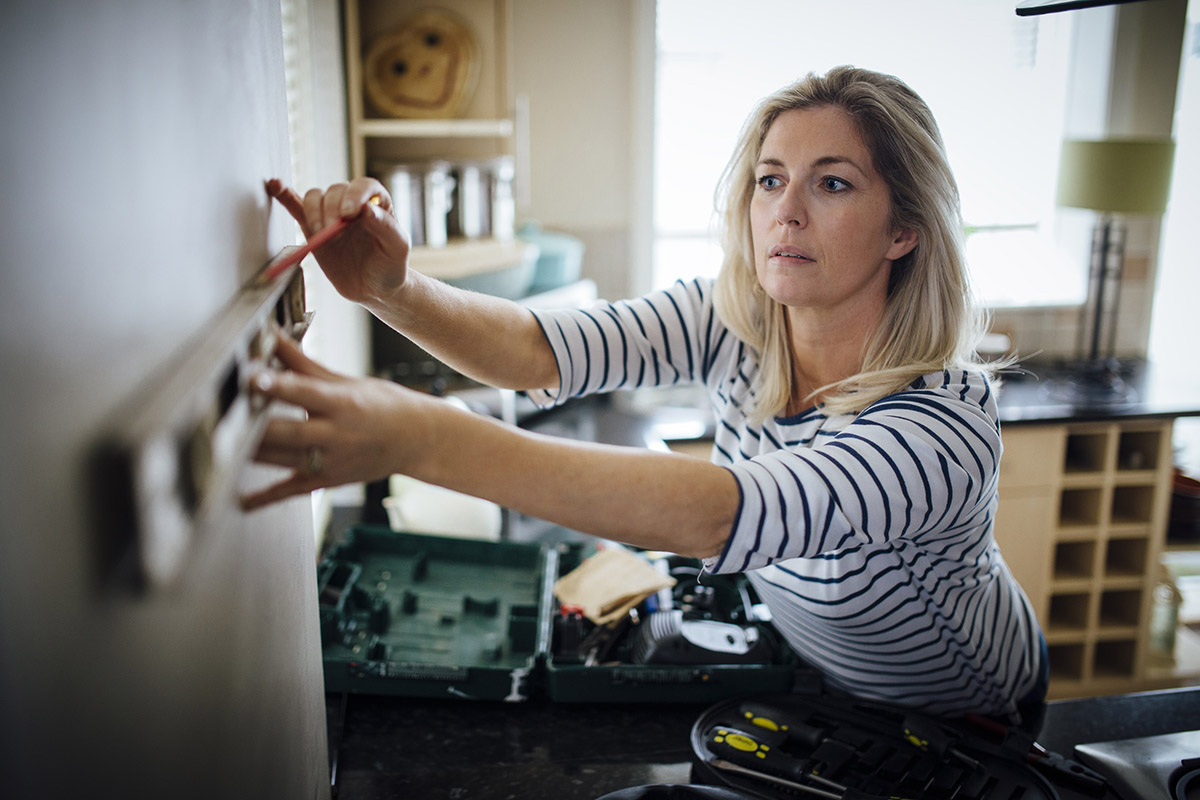
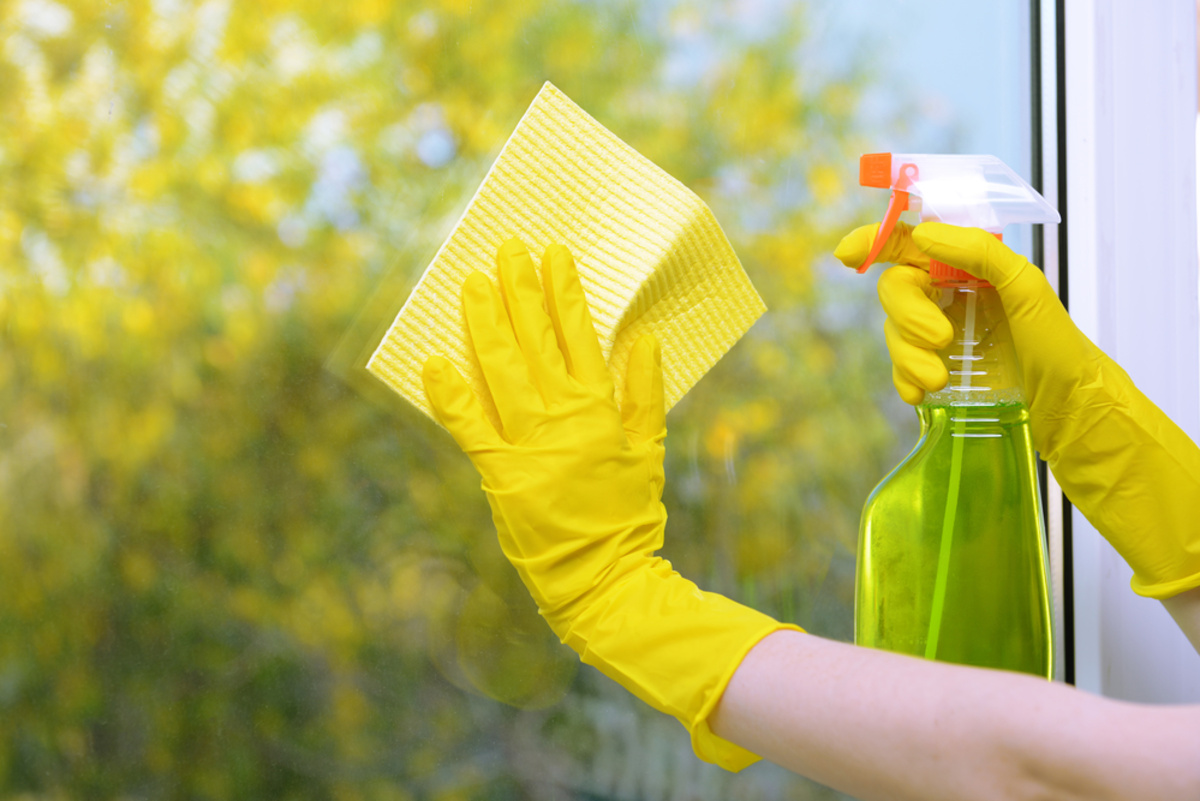





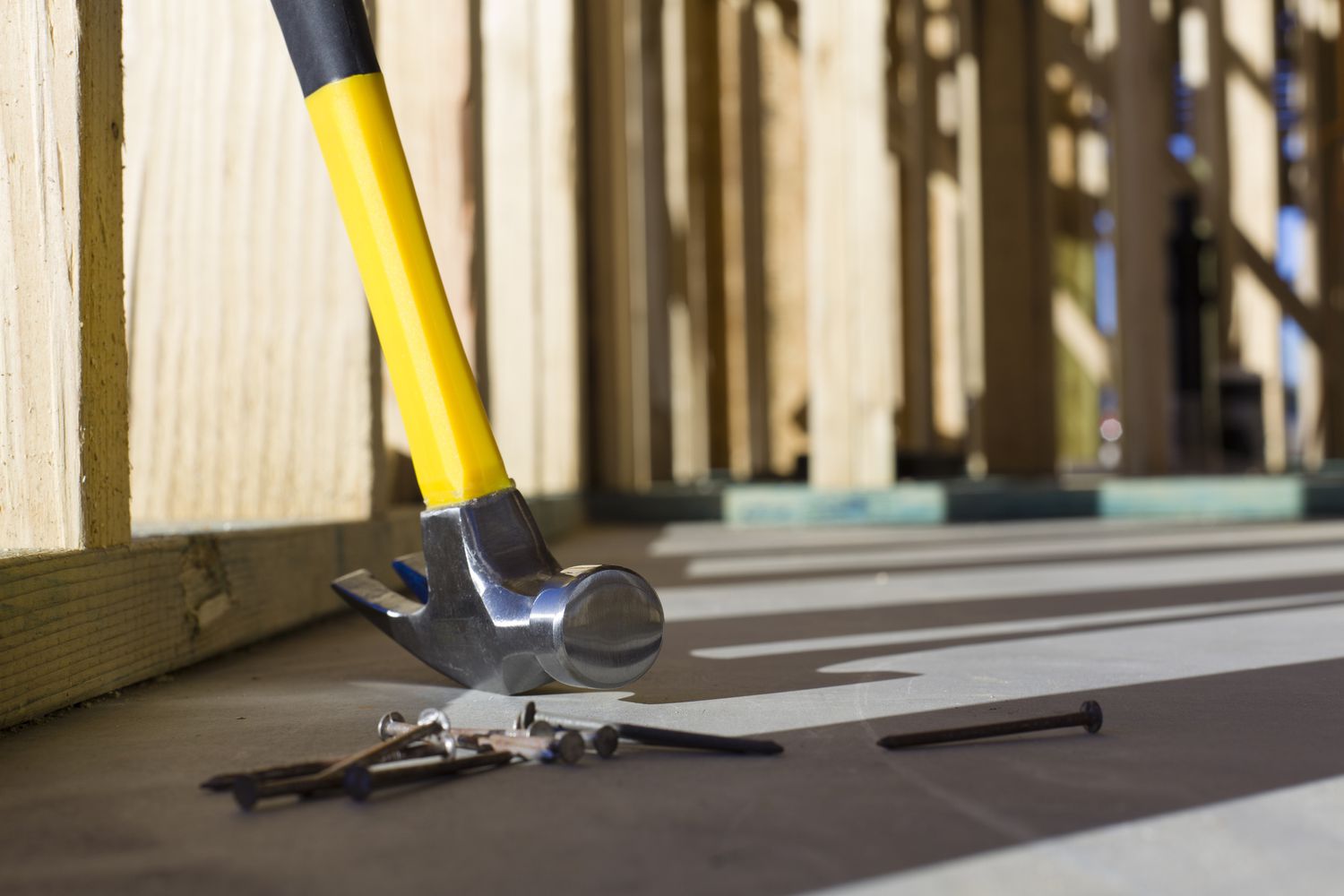
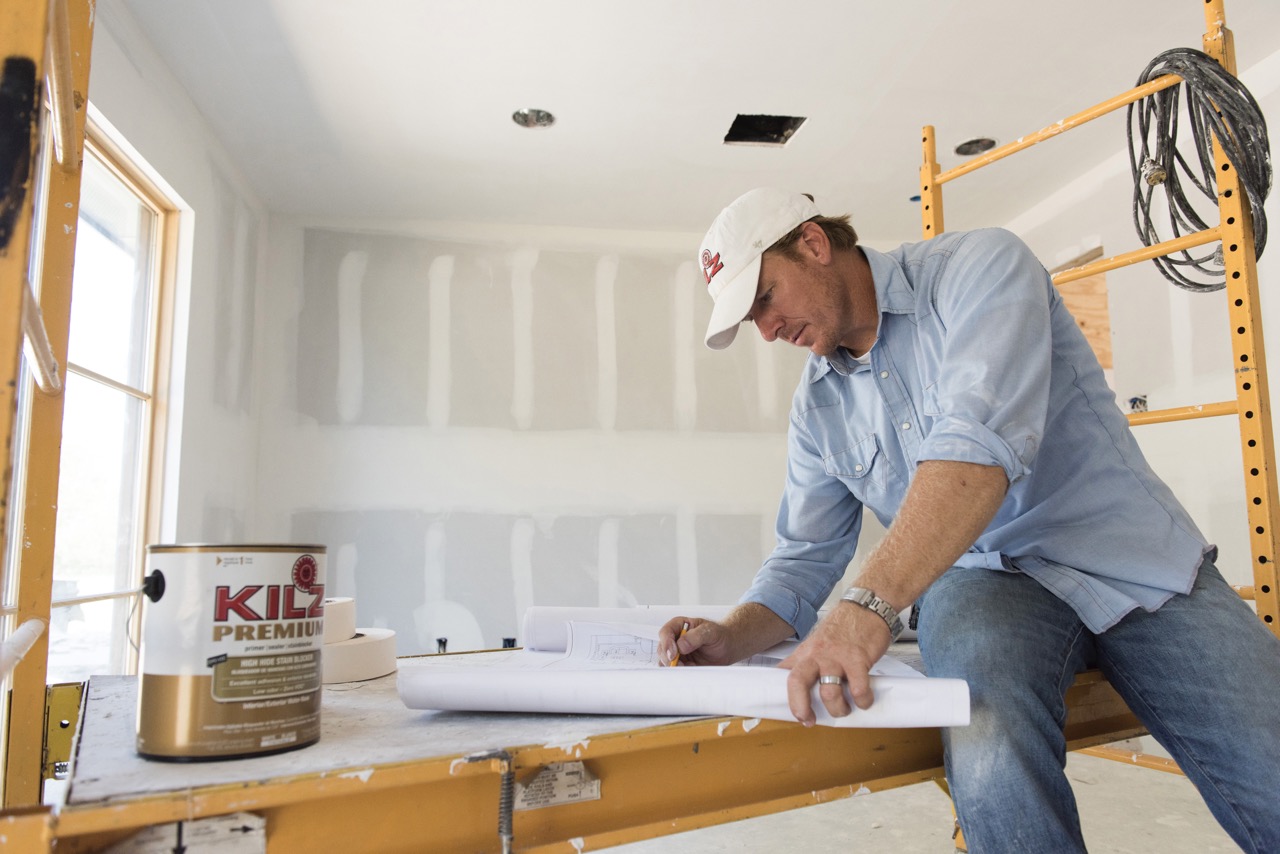
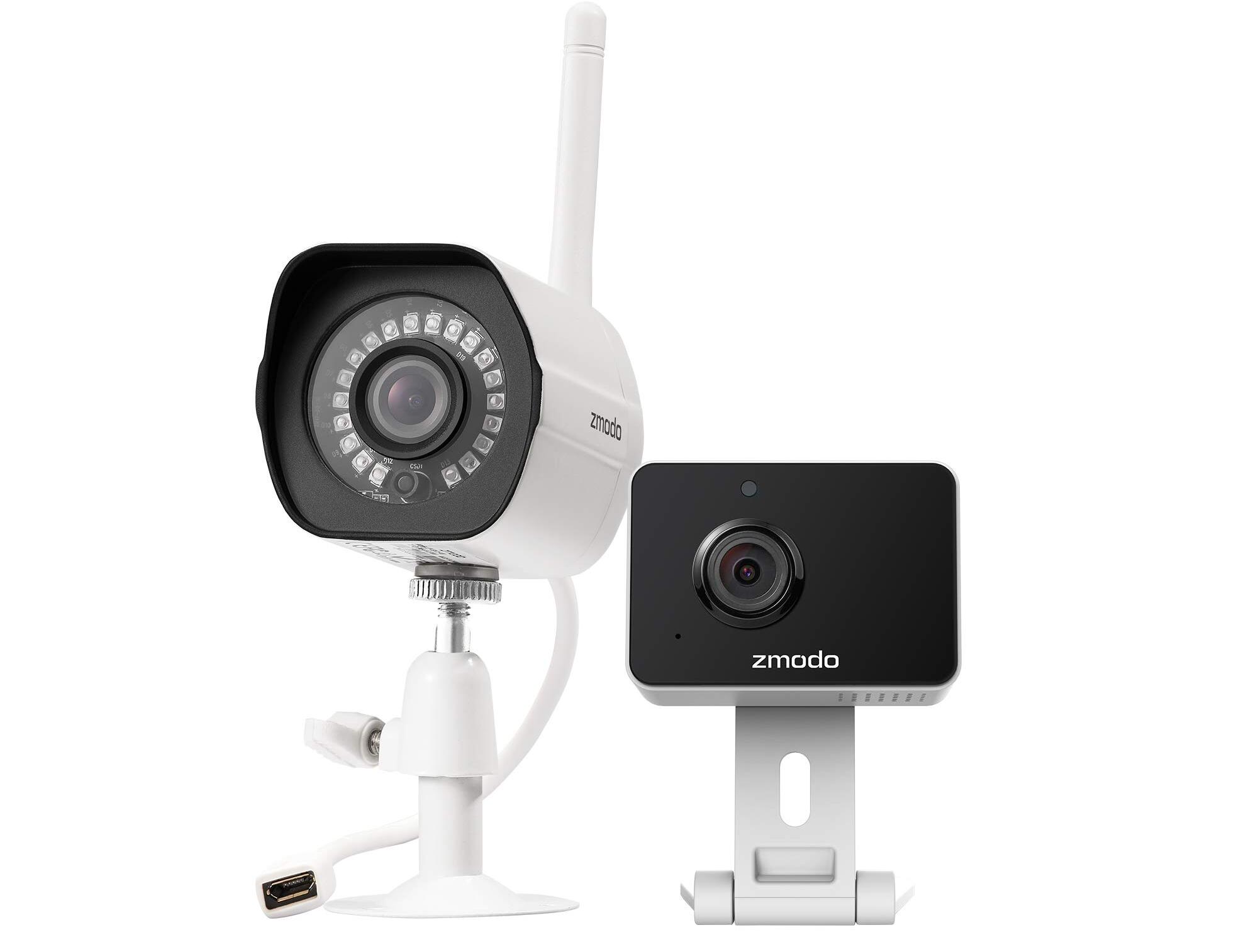

0 thoughts on “Simple Ways To Improve The Indoor Air Quality Of Your Home”